Romania's Commissioner General for the Osaka 2025 World Expo, Ferdinand Nagy, stated, in an interview for AGERPRES, that our country's pavilion, which in his opinion will exceed 800,000 visitors by the end of the event, in mid-October, is operating at the maximum capacity allowed by the safety rules imposed by the Japanese organizers.
"The important thing is that we are working at maximum capacity. So we have nowhere to grow. This average number of daily visitors is at its maximum. Because the pavilion is always used to its maximum, it is full. And even if we wanted to grow, we cannot, because we cannot afford it from a safety point of view. There is extraordinary strictness within Expo 2025 regarding visitor security," Nagy said.
Romania chose to present itself to the Japanese public at Expo 2025 with an interactive pavilion, but there were also events aimed at technology specialists, explained the representative of the Ministry of Foreign Affairs.
According to a rating given by the Japanese public, the Romanian pavilion at Expo 2025 is among the top seven, Nagy added.
The Romanian Commissioner explained that the 700 square meter pavilion, built according to a project by students of the Faculty of Architecture at the 'Ion Mincu' University in Bucharest, cost the Romanian state 25 million RON, an amount considered reasonable.
The 2025 World Expo takes place in Osaka, Japan, from April 13 to October 13, 2025, with the main theme "Designing the society of the future for our lives".
The Romanian Pavilion, located in the "Saving Lives" section, is of particular interest among Japanese visitors, with waiting times at the entrance being approximately two hours. The Romanian Pavilion, in mid-August, registered its 500,000th visitor.
AGERPRES: Do you have experience with world exhibitions in which Romania participated? Tell me what Expo 2025 is like?
Ferdinand Nagy: Osaka 2025 is no exception to other world exhibitions. And neither is the way Romania prepared to participate in this event. Osaka is somewhat more special because 20 years ago Nagoya hosted a world exhibition, so here, after 20 years, Japan is repeating this experience. And more than that, a world exhibition of reference. In previous years, it was also in Osaka, in 1970. It was a large-scale exhibition that at that time gathered 65 million visitors. So until the world exhibition in Shanghai, in 2010, which surpassed this record and brought the record to somewhere around 75 million, Osaka 1970 was, let's say, the most popular in terms of visitors.
AGERPRES: What does it mean for Romania to participate in Expo 2025?
Ferdinand Nagy: For us it is a special moment, especially in terms of bilateral relations. We have a strategic partnership with Japan and we were honored by the invitation of the Japanese government to participate in this event. We responded positively and what you saw is basically what we have achieved and the pavilion with which we present ourselves to Japanese visitors. We are appreciated, you have also seen the queues in front of our pavilion because we offer something different from the other pavilions. I think it is the only and most interactive pavilion among those that I have visited, at least, and from what I have heard from other pavilions. We enter into a direct relationship with the visitor through cultural events and through interaction with craftsmen.
AGERPRES: Why was this way of interacting with the Japanese audience chosen?
Ferdinand Nagy: Ultimately, the visitor comes and discovers a little bit of Romania's representativeness. It's ultimately a fairly direct way, because simple visitors, those who come to the pavilion, are not experienced visitors. We don't address a professional segment. In addition to this level, we also have the level through which we address specialists. We have had and will have economic promotion events, scientific promotion events, until the end of the exhibition, but the visitors, those who ultimately represent the base, because we recently awarded a prize to the visitor with the number 500,000, are the ones who ultimately give the rating. We have a rating, we are among the first seven countries. The number of visitors is not a criterion, because there are pavilions of various sizes. We have a small pavilion, compared to other countries. The criterion or rating is given by the response of the visitors, those who are ultimately the ones most able to give this rating. And from an unofficial ranking, which was published in the Japanese press, Romania is in an honorable seventh place, which convinced us that we chose an efficient method. And the fact that we can present something from Romania, people leave with something about Romania.
AGERPRES: I noticed that visitors are also attracted by cultural events.
Ferdinand Nagy: There is a special interest in both cultural events and interaction with craftsmen. We also have an action that no one else has, we distribute free mineral water among visitors, at least during peak hours when it is extremely hot outside. Romanian mineral water, of course. They are extremely satisfied. It is an altruistic gesture that we make and it is extremely well appreciated. These are the elements that make this country rating higher. The Romanian Pavilion is our home, we welcome these guests into our home and treat them like guests.
AGERPRES: I can't help but ask you about costs, what does the Romanian pavilion mean in terms of amounts, which is not large compared to others, but not small either?
Ferdinand Nagy: The lot allocated to Romania is a small lot, 900 sq m, of which we had the right to use 500 sq m. The pavilion is somewhere around 700 sq m, considering the stage, the bleachers, the offices that are under the bleachers. It was a multi-annual budget, and the expenses were divided over various years. The budget was approved in 2022, we have a budget sheet by program, meaning that it is a multi-annual budget, with various amounts that have been spent and will be spent in 2026, until the lot allocated to Romania is returned as we received it. It will be dismantled, cleaned and returned. This is the convention that we signed and that all countries signed with the organizers. Regarding this multi-annual budget, the peak was this year, because we paid for the pavilion. The pavilion was won following a public bidding procedure. A company from France, with a branch in Japan, won, because according to the exhibition regulations, certain criteria had to be met regarding the right to practice the profession of architect, builder, and so on. So only companies that had these authorizations qualified. The pavilion cost 25 million lei, divided over several years. (...) it was 2024, when we paid an advance, 2025 when we paid for phases of work, and a few weeks ago the final amount was paid, after all the work was received. In 2026 we will pay for the decommissioning of the pavilion. It is a reasonable amount. At other exhibitions our budgets were not higher or lower, so we are somewhere in the same amount compared to the budget spent and compared to the budgets of other countries, our efficiency is much higher.
AGERPRES: I saw a fairly long queue at the entrance compared to the pavilions of other countries, which are larger and I suspect more expensive.
Ferdinand Nagy: This was ultimately the merit of the two students from the University of Architecture, who made the project.
AGERPRES: Maybe the restaurant has merit, maybe the music, maybe it's a combination of factors?
Ferdinand Nagy: Yes, it's a combination of factors. It's a combination of what we are in the end. (...) each country approaches the theme of the exhibition in the way it thinks is most effective. Our theme for participation is 'Romania, Land of Tomorrow', which is based on people and technology.
AGERPRES: Is this supposed to be a new national slogan?
Ferdinand Nagy: It's our brand, just for this exhibition, 'Romania, Land of Tomorrow'. The pavilion is called 'Magic Box', and inside we have 'Creativity and Interactivity', creativity and interaction, because that's Romania. And they flow from one another. Why do I say 'Land of Tomorrow' and why do we rely on people, on the young generation? Because almost everything you see here is supported by students. There are students from the University of Bucharest, the Faculty of Foreign Languages, the Japanese section, we have students from the University of Brasov who have been permanently supporting cultural events. (...) in the end, it's a human message. The others have technology, we were able to come with technology too. We came, we showed that we have the most powerful laser in the world, ELI Magurele, we came with the smallest artificial heart in the world. It's an experiment and a project of the University of Medicine in Iasi.I had that bionic hand and, again, it is somewhere top in terms of technology, a project initiated by the Medical University of Bucharest and the Bucharest Polytechnic. (...) a combination of technology and medicine. We have something to show, but these, in the end, were interesting for the visitors, because they were exhibited and the visitors came into contact, but it was more important for the specialists. Here, the laser from Magurele has a project together with an important company from Osaka Okamoto and they will build a mirror factory, which will serve for all those who use lasers. It is top technology. I went on a visit with the people from Magurele to Osaka University, which has a laser research center for 40 years. What I saw there is truly the future (future, in English - n.r.). And there is this collaboration between Osaka University, ELI Magurele and the Okamoto Factory, which is under construction. These are important elements, important investments by Japanese companies in Romania. It is that strategic partner that has identified the fields of activity where there are multiple possibilities. So we are growing little by little, but surely in the bilateral relationship with Japan. And this pavilion contributes to the end, because we have shown seriousness, determination and respect. These are three extremely important elements in a relationship with the Japanese side, whether it is the institutional side, the private side or the business environment. The officials recognize this effort of Romania, because everyone understood that it is a period of crisis, budgets have been reduced. Some countries withdrew from participating, so we stayed because this bilateral relationship is extremely important.
AGERPRES: Tell me if Romania has a target regarding the number of visitors to the pavilion or are you relying on that rating?
Ferdinand Nagy: We don't have a target, but we would like, of course, to have somewhere around 800,000 visitors. But we will reach this figure. The important thing is that we are working at maximum capacity. (...) we have nowhere to increase. This average number of daily visitors is at its maximum. Because the pavilion is always used to the maximum, it is full. And even if we wanted to increase, we can't, because we can't afford it from a safety point of view. There is an extraordinary strictness within Expo 2025 regarding visitor security, and the pavilion, when it was built and obtained the construction permit, was given for the maximum number of visitors at the same time. There are still some stands, on a metal structure, and there is a maximum limit. So we are operating at the maximum limit, whatever we do. We might even hold cultural events in front of the pavilion, but we did so and everything around was blocked. And at Madrigal, we had folklore, the ones from Junii Sibiului were spectacular, a folk dance troupe, with absolutely splendid costumes that they changed every day. And when they went outside, everything was blocked and then we were warned not to block traffic.A
INTERVIEW/Ferdinand Nagy:Romanian Pavilion at Expo 2025 Osaka is operating at maximum capacity allowed by Japanese organizers
Autor: Cătălin Lupășteanu
Publicat: 04-09-2025 13:48
Articole Similare
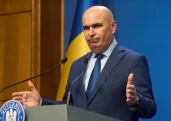
24
PM Bolojan: Anti-communist rebellion in Brasov, landmark of resistance to injustice, reminding us of duty to strengthen constitutional democracy
24
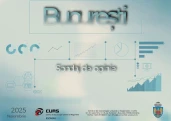
21
Curs poll: Daniel Baluta leads Bucharest mayoral vote
21

16
His Beatitude Claudiu-Lucian Pop called to continue testament of faith and love, says President Dan
16

23
New leader of Romanian Greek Catholic Church, Major Archbishop Claudiu-Lucian Pop, enthroned in Blaj
23

23
UMF Carol Davila: 3,881 graduates to sit Residency Entrance Exam at Romexpo on Sunday
23

20
Daniel Baluta submits candidacy for Bucharest mayor: "I am running for the people"
20
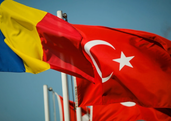
14
Enhanced security in the Black Sea region, strategic priority for Romania and Turkey (MAI)
14
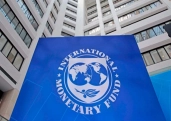
12
IMF report confirms that our reform package is credible for partners (FinMin Nazare)
12
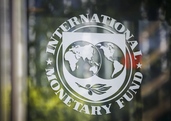
13
IMF requests from Romania right policy mix, ambitious structural reforms to restore fiscal sustainability
13
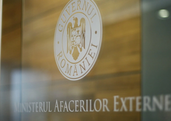
17
Russian ambassador summoned to Ministry of Foreign Affairs over drone that entered Romania's airspace on November 10
17
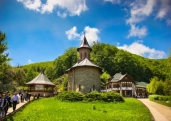
12
Canonisation of Holy Venerable Confessor Arsenie of Prislop to be locally proclaimed on Nov 28
12
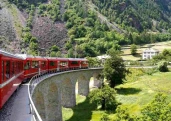
21
All aboard the Euro-train: EU accelerates development of high-speed train network
21

11
EcoMin Miruta: Electronic ID card is very useful and should be integrated with more entities
11

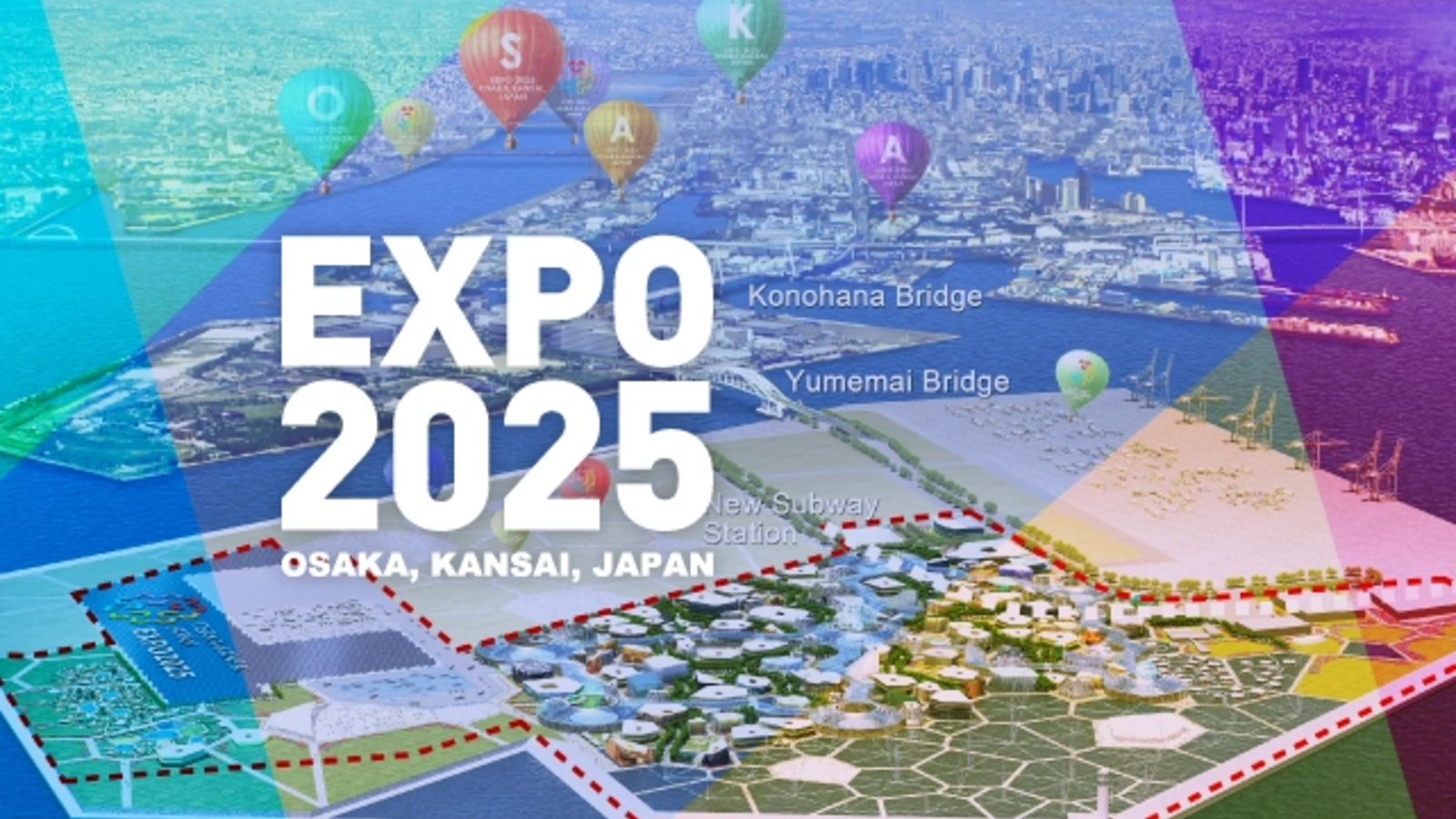





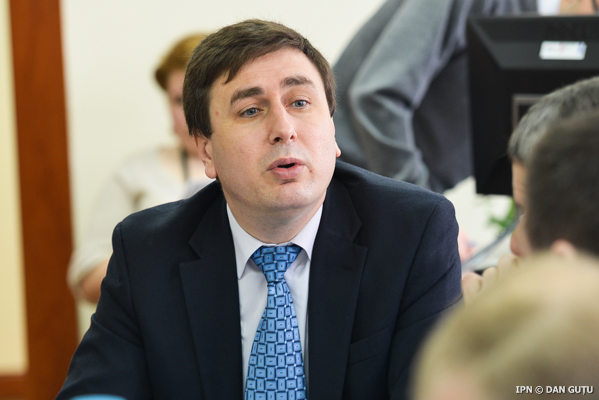

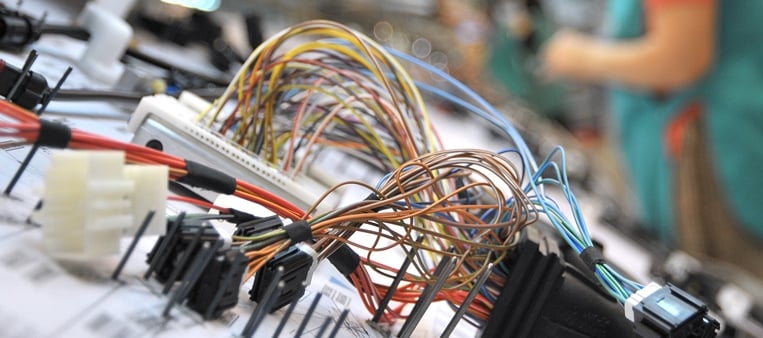
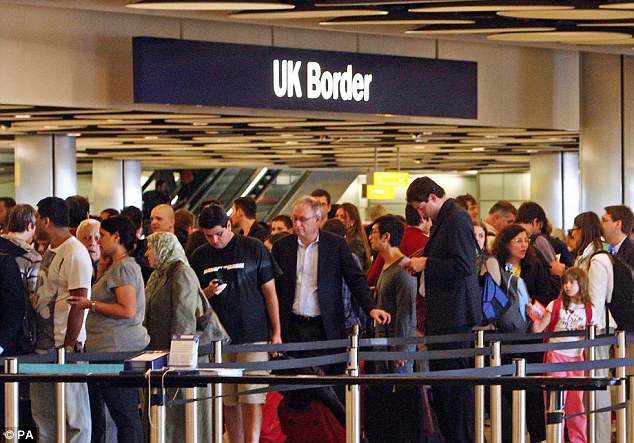









Comentează